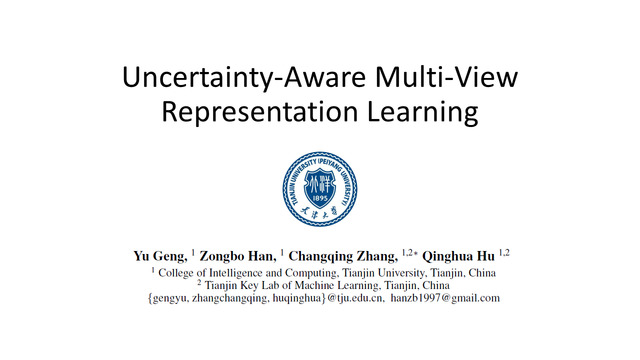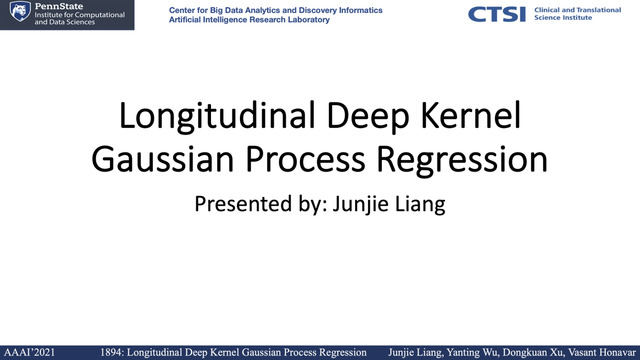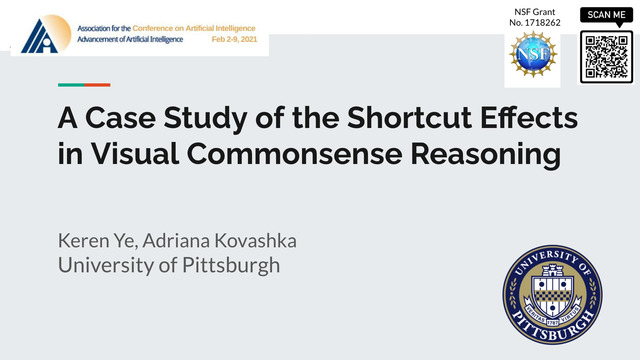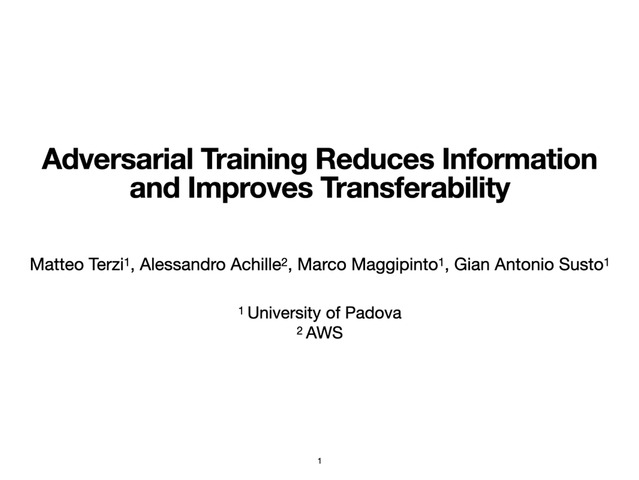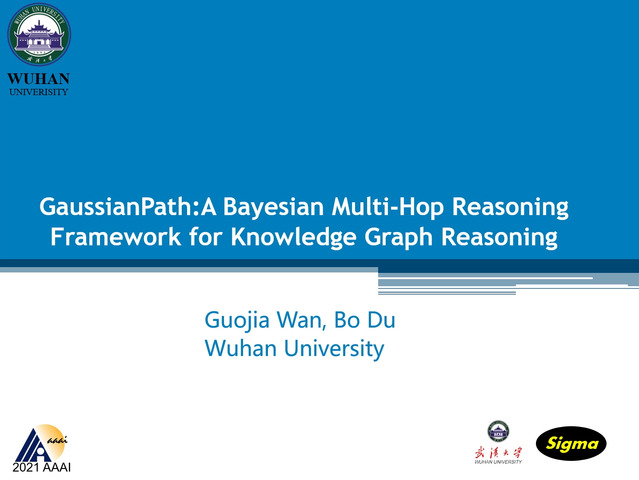Abstract:
Recent studies on interpretability of attention distributions have led to notions of faithful and plausible explanations for a model's predictions. Attention distributions can be considered a faithful explanation if a higher attention weight implies a greater impact on the model's prediction. They can be considered a plausible explanation if they provide a human-understandable justification for the model's predictions. In this work, we first explain why current attention mechanisms in LSTM based encoders can neither provide a faithful nor a plausible explanation of the model's predictions. We observe that in LSTM based encoders the hidden representations at different time-steps are very similar to each other (high conicity) and attention weights in these situations do not carry much meaning because even a random permutation of the attention weights does not affect the model's predictions. Based on experiments on a wide variety of tasks and datasets, we observe attention distributions often attribute the model's predictions to unimportant words such as punctuation and fail to offer a plausible explanation for the predictions. To make attention mechanisms more faithful and plausible, we propose a modified LSTM cell with a diversity-driven training objective that ensures that the hidden representations learned at different time steps are diverse. We show that the resulting attention distributions offer more transparency as they (i) provide a more precise importance ranking of the hidden states (ii) are better indicative of words important for the model's predictions (iii) correlate better with gradient-based attribution methods. Human evaluations indicate that the attention distributions learned by our model offer a plausible explanation of the model's predictions. Our code has been made publicly available at https://github.com/akashkm99/Interpretable-Attention

















